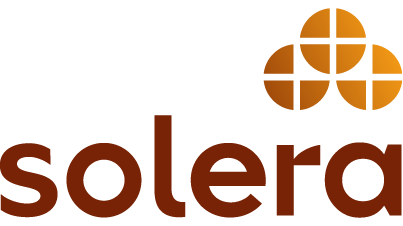What Part Should Education Planning Play in Your Financial Plan?

23 Apr 2019
Does your financial plan include education planning? If it doesn’t, you may want to consider it. Here’s why.
It’s no secret that a college degree these days comes with a high price tag.
As a matter of fact, the average cost for a student to go to college for four years and get a degree is a little over $26,000. And while 7 out of 10 parents are currently saving to help their children get a degree, less than 30% of parents think they can flip the entire college bill.
Let’s be frank. Trying to earn and save enough money to pay for your child’s college education just becomes more difficult with the forever growing costs of tuition, room and board, and books. But while raising money for your kid’s future is difficult, it isn’t completely impossible.
Keep reading as we go over some key information about education planning.
A 529 Plan Is a Plan
A 529 plan is a tax-advantaged way to save money for your child’s college education. The funds you invest in this Qualified Tuition Program can grow and be withdrawn tax-free for qualified education expenses at accredited institutions of higher learning.
It’s important to note that there are two types of 529 plans. The prepaid tuition plan covers future tuition costs (and room and board on occasion) at particular universities and colleges. The college savings plan on the other hand will contain monies that can be applied to any qualified education expense.
As opposed to a regular savings account, a 529 plan is a more cost-effective and savvy way of saving and earning for your child’s future.
A Coverdell Education Savings Account (ESA) Is also an Option
An ESA is similar to a 529 plan in that it is another tax-advantaged way to invest money without being taxed on the earnings (on a federal level). However, unlike a 529 plan, ESAs are not state-run and must be opened through a trusted broker.
In addition, 529s are structured in a way that most resembles a 401(k), while ESAs allow you to invest into any stock, mutual fund, or bond. You could essentially invest in a company like Apple and raise money for your son or daughter’s degree. The downside to the structure of an ESA is that while the federal government won’t tax your earnings, states certainly can.
Change How You Think of Education Planning
Financial planning for college starts with you and how you think about it. If you think of it as a “vacation fund” you’ll give yourself permission every now and then to spend money designated for your son or daughter’s education on other things in life.
Instead, think of your child’s college plans like a bill. Dedicate a portion of your income each month to your child’s education. And with every raise you get, increase the money you spend on this educational expense.
It’s Okay to Ask for Help
If you have more questions about education planning and how that fits into your current budget, make sure you contact us. We’d be more than happy to assist you.

